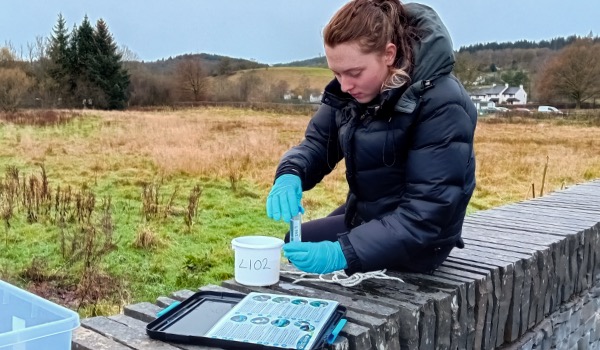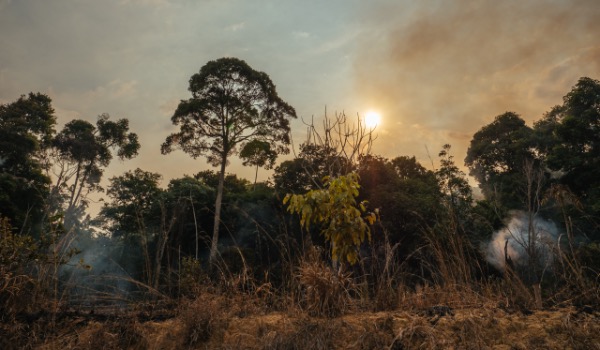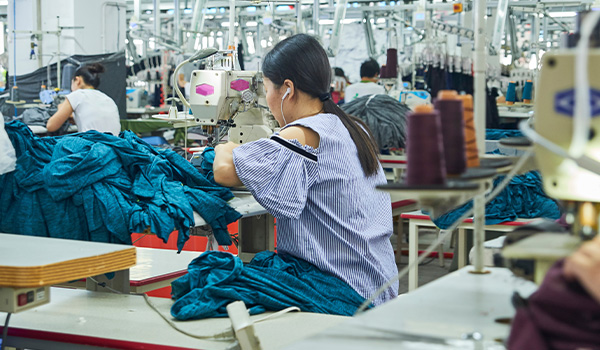This daunting task is something eminent researchers from Lancaster University’s Environment Centre (LEC) have taken on, gaining them global recognition for finding solutions to major environmental problems.
With more than 9 billion mouths to feed by 2050, Professor Emeritus Martin Parry who developed Plant Science for Food Security in LEC a decade ago, has spent his career trying to increase the yield of major crops, and increasing efficiencies of production and also quality.He believes one way to do this is to increase photosynthesis of crops such as wheat by understanding how yield and quality are determined by genes and plant reactions to different environments.
Professor Parry said: “We know we need to increase crop production worldwide and do this using fewer resources. Our research has suggested to meet food demand by 2050 we need to close yield gaps and increase global crop yields by 70-110 per cent.
“Add to this climate change and extreme weather meaning high and low temperatures, droughts and flooding alongside increased air pollution, and it means our plants are going to face extreme stresses that will hinder growth and crop yields.
“We need to make our plants and crops more resilient to these stresses. Our aim is to understand how gene composition and sequencing in different environments such as drought affects crop yield and how we can manipulate these genes to improve photosynthesis and inform natural selection leading to improvements in future crop generations.”



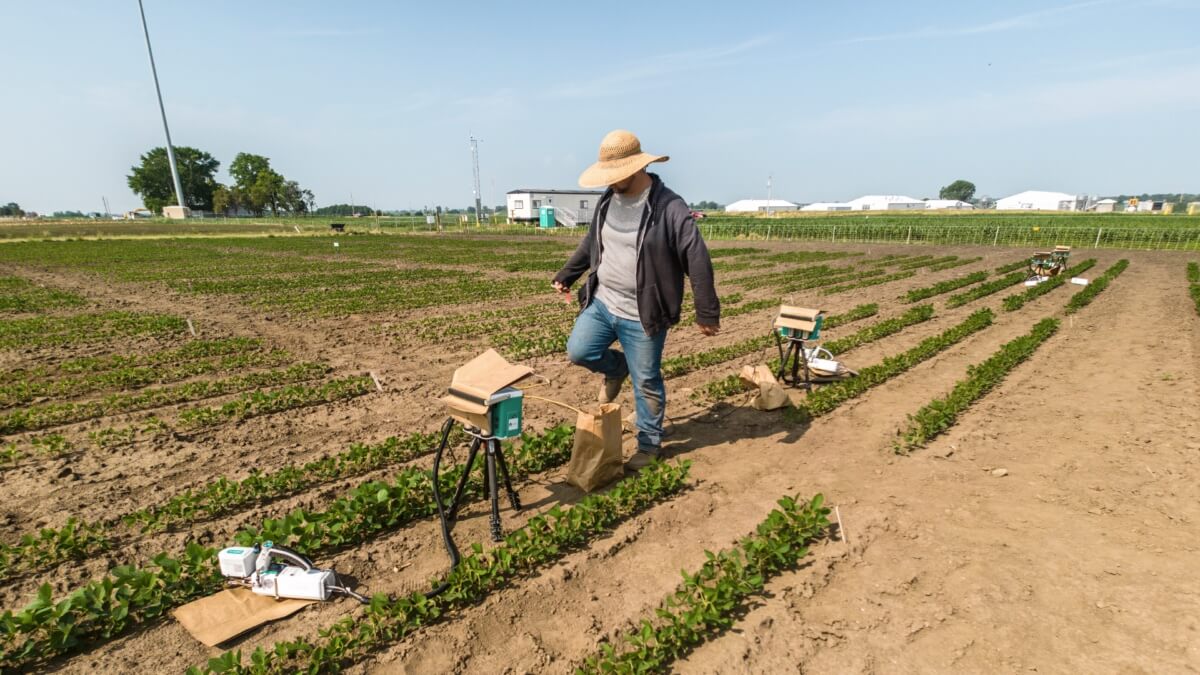
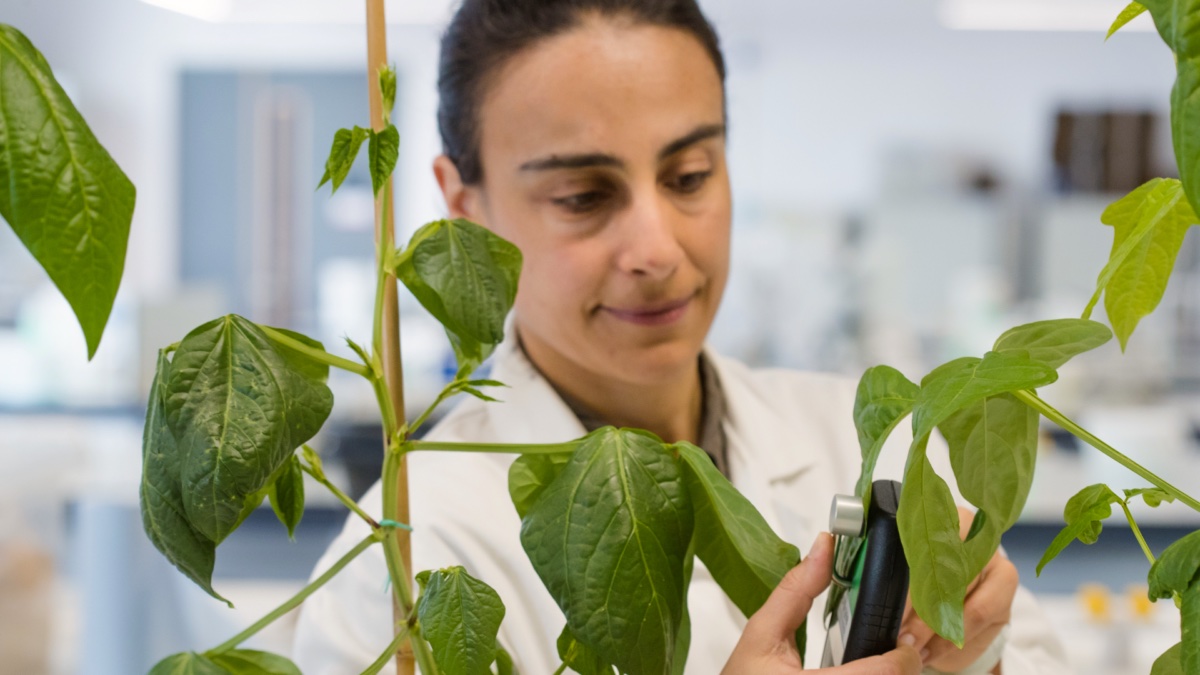
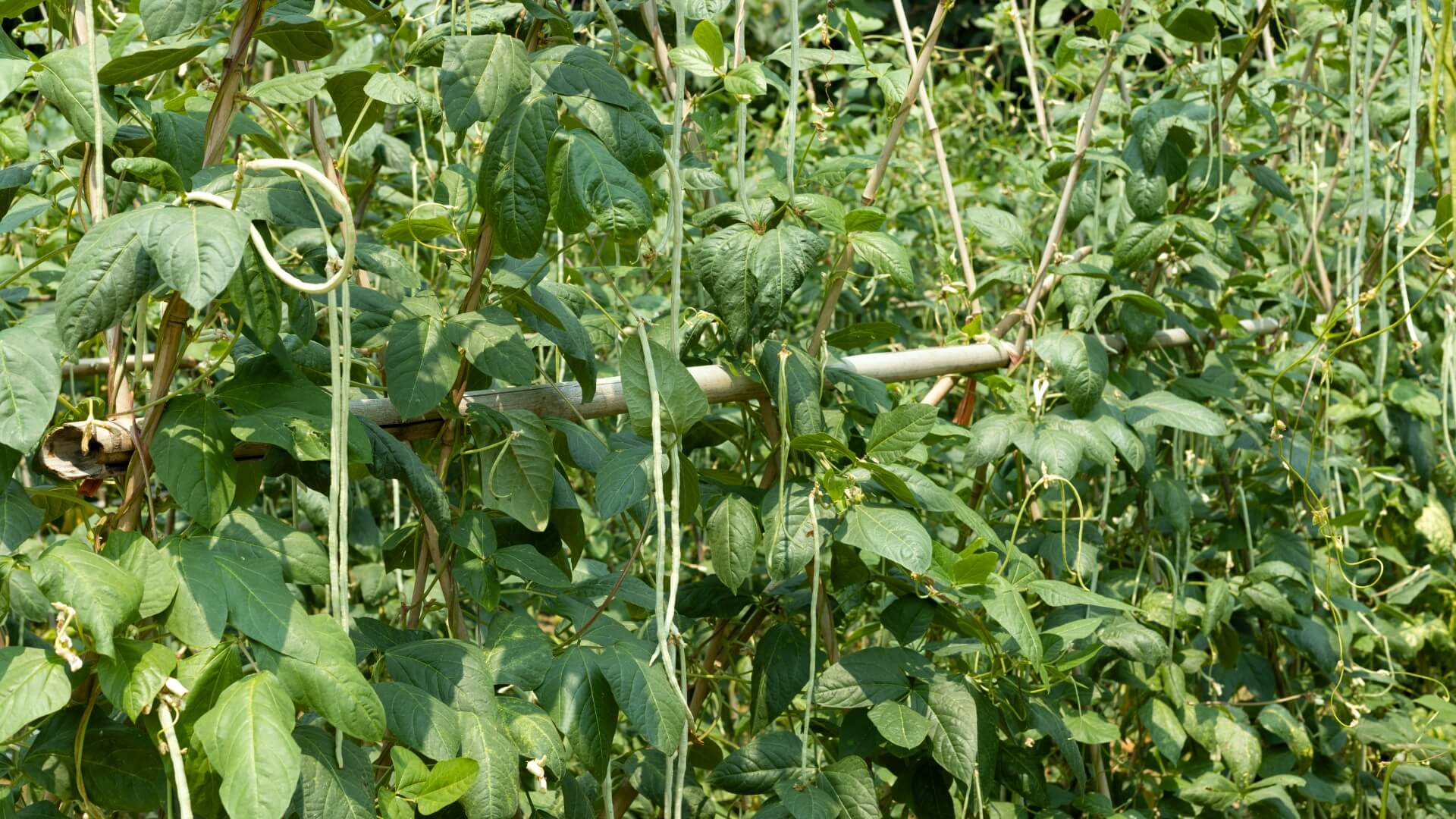
.jpg)
.jpg)
